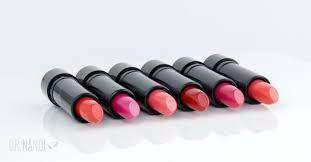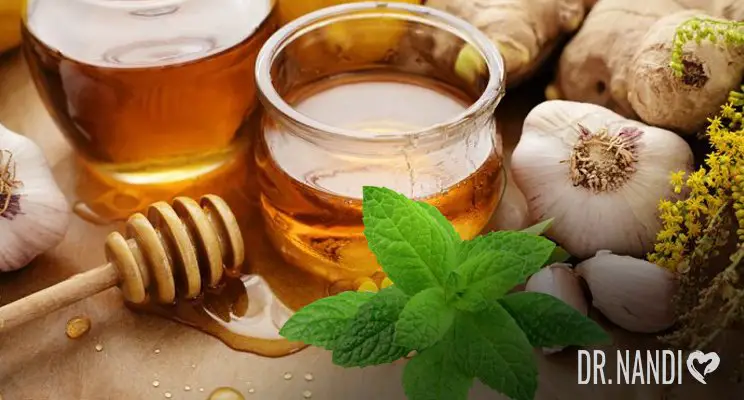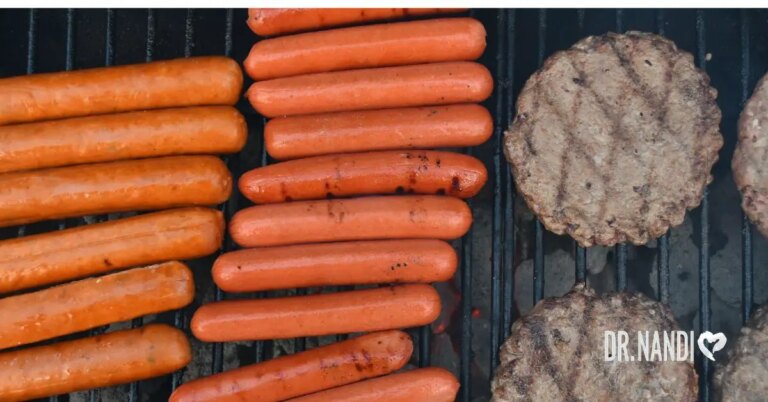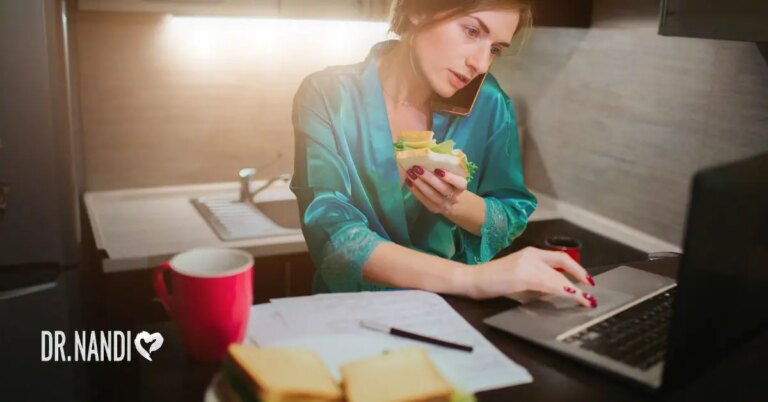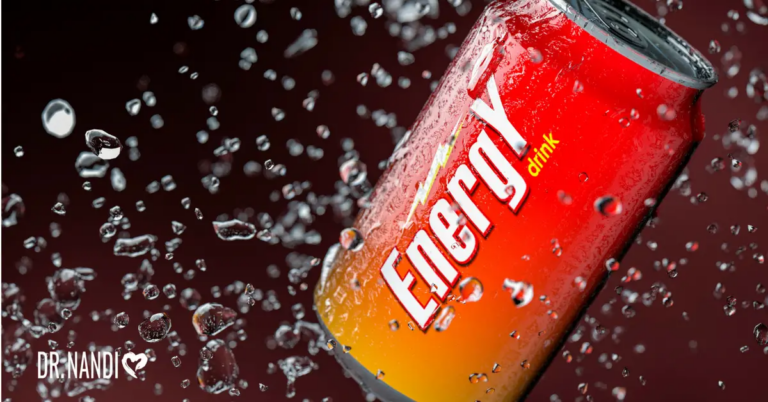Bargain shoppers beware – you get what you pay for. With next to no regulation or oversight, beauty product companies can throw the cheapest ingredients possible into their products to maximize profit. The products could include dangerous ingredients or manufacturing byproducts – and no one is ensuring their safety.
What Dangerous Ingredients Are We Talking About?
It may come as a surprise that mercury, bacteria, feces, and asbestos have all been found in beauty products. As you may have guessed, these ingredients can have negative consequences for your health. One 47-year-old woman became semi-comatose for several weeks after using a well-known skin cream she thought was safe. Her blood test results, however, showed her mercury level was 500 times the normal range. While this sounds scary, cosmetics containing bacteria and feces could cause infections requiring medication. And asbestos is a known carcinogen – meaning it can cause cancer.
This Is For Bargain Products. What About Higher-Cost Products?
The issue with cheap products is that the low price tag could equal counterfeit products. What this means is that they may contain ingredients or manufacturing conditions banned by the FDA. What’s more, it matters where you get your products from. There is no way to guarantee you are getting what a product label reads. So if prices seem too good to be true when shopping online, in person at a market, or in a different country, just remember – you get what you pay for.
For the most part, if you’re buying from a company you trust through a retailer you trust, it’s unlikely you’ll receive a counterfeit product. But, even if it is 100% authentic, it doesn’t mean it’s 100% safe. This is largely because the cosmetics industry goes unregulated. The United States has not passed a major federal law regulating the cosmetics industry since 1938. While the European Union has banned or restricted 1,400 ingredients from personal care products, the United States has done so with only 30. Find up to date information and cosmetic recalls and alerts on the FDA website by clicking here.
How Can I Tell If My Product Is Fake?
There is no way to tell for certain. However, you can use your due diligence to look over the product. Check the label and packaging – does it look the same as usual; is the safety seal intact; has it been opened and repackaged; is the barcode clear and visible? Also check the product itself – does is look, smell, and feel the same; is the texture the same; is the color the same? The main thing to remember is that a great price doesn’t always equal a great deal. Do your homework and only put things in and on your body that you trust. To report a cosmetic-related complaint click here.



